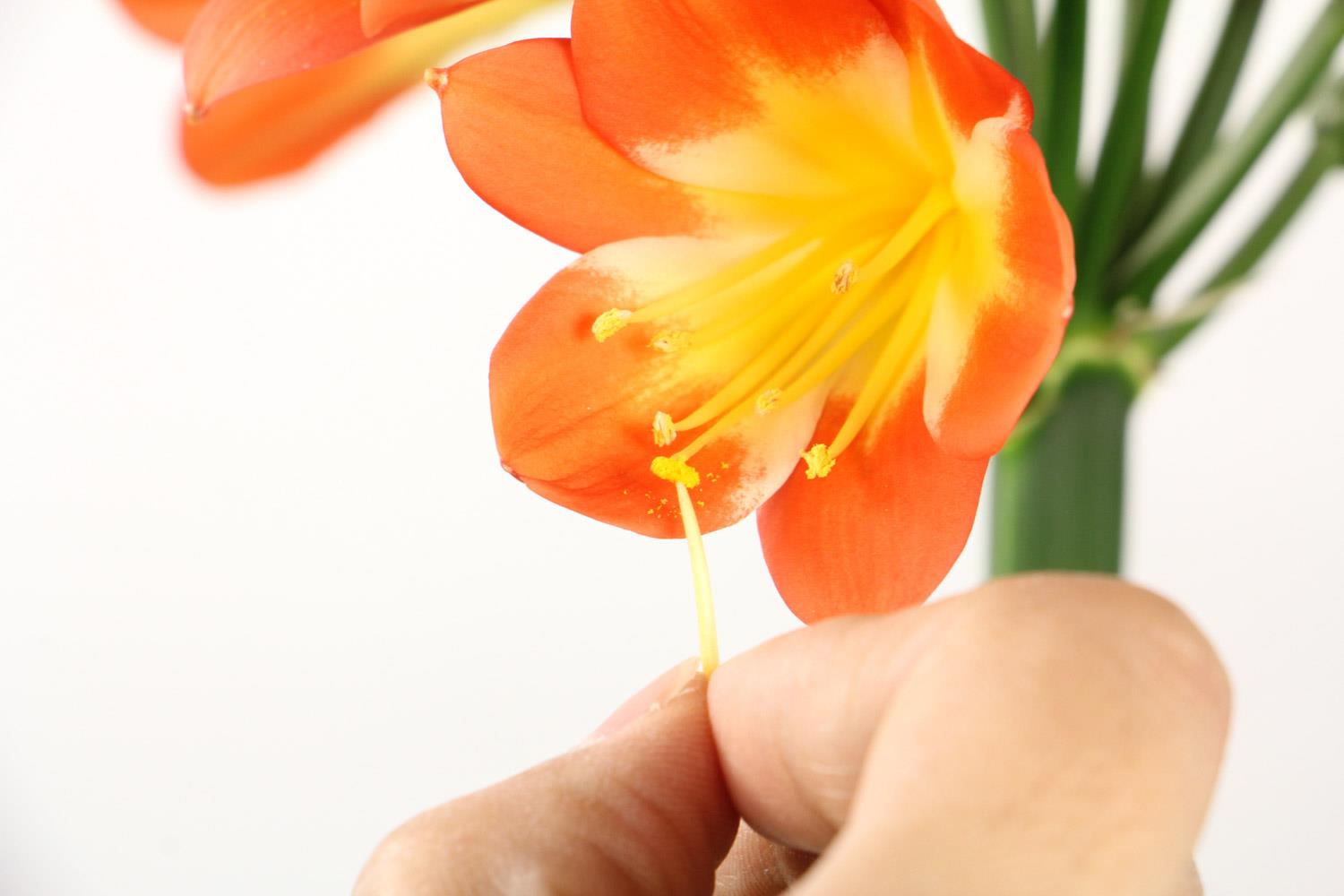What kind of nutritional soil is used for Clivia and how to prepare it?
Last Update :2024.04.25
Article Catalog
1. What kind of nutritional soil does Clivia use?
Clivia can use a lot of nutrient soils, mainly including five types. Humus soil: It is rich in humus and can provide sufficient nutrients for plants. The disadvantage is that the acquisition process is troublesome. Mush leaf soil: It also contains sufficient nutrients, has good air permeability and drainage, and is relatively easy to obtain. Peat soil: It has good water and fertilizer retention and breathability. It also contains humic acid that promotes wound recovery. Furnace ash: good drainage and air permeability, no germs. River sand: has good drainage and can inhibit the growth of mold.

1. What kind of nutritional soil does Clivia use?
1. What kind of nutrient soil is used for Clivia
Humus soil: The biggest feature of humus soil is that it is very rich in humus, which can provide sufficient nutrients for the growth of Clivia. It is a very good kind. matrix. The disadvantage is that the retting process is cumbersome. It requires collecting fallen leaves, weeds and an appropriate amount of animal feces, mixing them with the soil, compacting them and covering them with thin mud. Wait for half a year and turn the pile over once. It can be used when it is mature in the second year.
Humulus soil: Like humus soil, it contains very sufficient nutrients and has strong permeability. This kind of substrate soil is relatively soft, has strong drainage and air permeability, and is very suitable for preparing nutrient soil for Clivia. Its acquisition method is simpler than humus soil, and it can be obtained from the forest surface.

Peat soil: Peat soil itself is not soil, but its The nurturing effect is very good. Its water and fertilizer retention capabilities and air permeability are very good, and it is suitable for the growth of Clivia. In addition, it is also rich in humic acid, which can promote the healing of plant wounds and is of great help in the recovery of plants after root pruning.
Ashes: It refers to the slag remaining after burning coal. It has a loose texture and has good drainage and ventilation effects. And it contains some trace elements that can promote the growth of plant roots. In addition, because this substrate has been processed at high temperatures, there is no need to worry about germs.
River sand: This substrate has good drainage and can inhibit the growth of mold to a certain extent, reducing the chance of plants getting sick due to bacteria or fungi.

2. How to prepare
Yes Mix leaf humus soil and river sand at a ratio of 2:1 to prepare nutrient soil. This preparation method can ensure that the culture soil has certain nutrients and has better drainage capabilities. It can also be prepared with humus soil, pine needles, river sand and base fertilizer in a ratio of 5:3:1:1. The quality of the nutrient soil prepared by this preparation method will be better.

2.How to prepare
- END -
Bougainvillea bonsai prices and pictures

The price of bougainvillea is relatively low if you buy it alone. More energy is i...
Topping time for passion fruit seedlings and how high to top potted passion fruit

Topping passion fruit seedlings should be done on sunny days, avoid cloudy or rain...